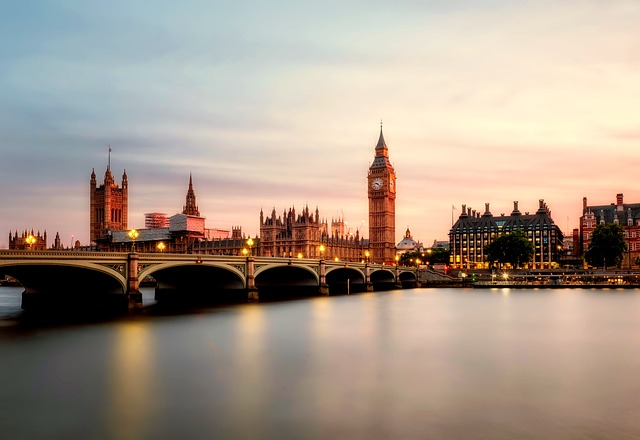Water resources
Water is a chemical compound that is essential for all known forms of life. It is a transparent, tasteless, odourless and almost colourless substance that covers 71% of the Earth’s surface and is the main constituent of rivers, lakes, oceans and so on.
Water resources are natural sources of water that have the potential to be useful to humans. This might be for drinking, sanitation, cooking, washing, agriculture, commercial purposes, industrial processes, landscape maintenance, recreation and so on.
Most of the water on Earth is salt water. Less than 3% is fresh water, and more than two thirds of this is frozen. The majority of the unfrozen fresh water can be found as groundwater, with just a small proportion above the ground as surface water (such as watercourses, wetlands and so on), or in the air.
Access to safe water is essential for good health. The 2030 Agenda for Sustainable Development recognised access to safe drinking water and sanitation as a human right. However, in the foreword to the 2019 World Water Development Report, Audrey Azoulay, Director-General of UNESCO conceded that: “… nearly a third of the global population do not use safely managed drinking water services and only two fifths have access to safely managed sanitation services.”
In theory, there is enough freshwater on Earth to fulfil the needs of the global population, and the ongoing watercycle (evaporation, cloud formation and rain) means the supply is continually replenished. However, a combination of factors can result in local scarcity:
- Demand distribution does not match resource distribution. Population densities are becoming more localised, consumption patterns are changing, and new demands are emerging. This stresses water resources at a local and regional level.
- Even in areas where there is sufficient water, some people may not be able to access it due to asymmetric power relations, poverty other inequalities.
- Climate change is accelerating global water circulation, amplifying climate variability and giving rise to temporal water scarcity.
In addition, energy and infrastructure are required to treat water to make it fit for consumption and to transport it to sources of demand. Desalination in particular, in which saline water such as sea water is treated so that it can be used, is a very resource intensive process.
In England, two thirds of water is abstracted from reservoirs, supplied by rivers and streams and stored until required. The remainder is largely from ground water sources. This can cause problems during times of draught, when there is insufficient supply and stored water depletes. In these circustances water companies may be permitted to impose a ban or restriction on the use of hosepipes and sprinklers or can apply to the government for a drought order limiting the use of water for specific activities, and / or making alternative arrangements for the supply of water, for example by erecting stand pipes.
Water supply problems in the UK may become more common as a result of climate change, with precipitation patterns becoming more extreme, but less frequent. This problem is exacerbated by high leakage rates from an ageing water distribution network.
[edit] Related articles on Designing Buildings Wiki
Featured articles and news
CIOB report; a blueprint for SDGs and the built environment
Pairing the Sustainable Development Goals with projects.
Latest Build UK Building Safety Regime explainer published
Key elements in one short, now updated document.
UKGBC launch the UK Climate Resilience Roadmap
First guidance of its kind on direct climate impacts for the built environment and how it can adapt.
CLC Health, Safety and Wellbeing Strategy 2025
Launched by the Minister for Industry to look at fatalities on site, improving mental health and other issues.
One of the most impressive Victorian architects. Book review.
Common Assessment Standard now with building safety
New CAS update now includes mandatory building safety questions.
RTPI leader to become new CIOB Chief Executive Officer
Dr Victoria Hills MRTPI, FICE to take over after Caroline Gumble’s departure.
Social and affordable housing, a long term plan for delivery
The “Delivering a Decade of Renewal for Social and Affordable Housing” strategy sets out future path.
A change to adoptive architecture
Effects of global weather warming on architectural detailing, material choice and human interaction.
The proposed publicly owned and backed subsidiary of Homes England, to facilitate new homes.
How big is the problem and what can we do to mitigate the effects?
Overheating guidance and tools for building designers
A number of cool guides to help with the heat.
The UK's Modern Industrial Strategy: A 10 year plan
Previous consultation criticism, current key elements and general support with some persisting reservations.
Building Safety Regulator reforms
New roles, new staff and a new fast track service pave the way for a single construction regulator.
Architectural Technologist CPDs and Communications
CIAT CPD… and how you can do it!
Cooling centres and cool spaces
Managing extreme heat in cities by directing the public to places for heat stress relief and water sources.
Winter gardens: A brief history and warm variations
Extending the season with glass in different forms and terms.
Restoring Great Yarmouth's Winter Gardens
Transforming one of the least sustainable constructions imaginable.
























